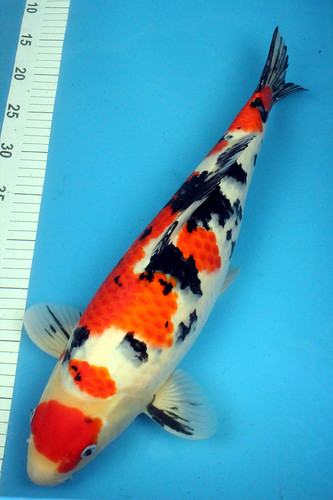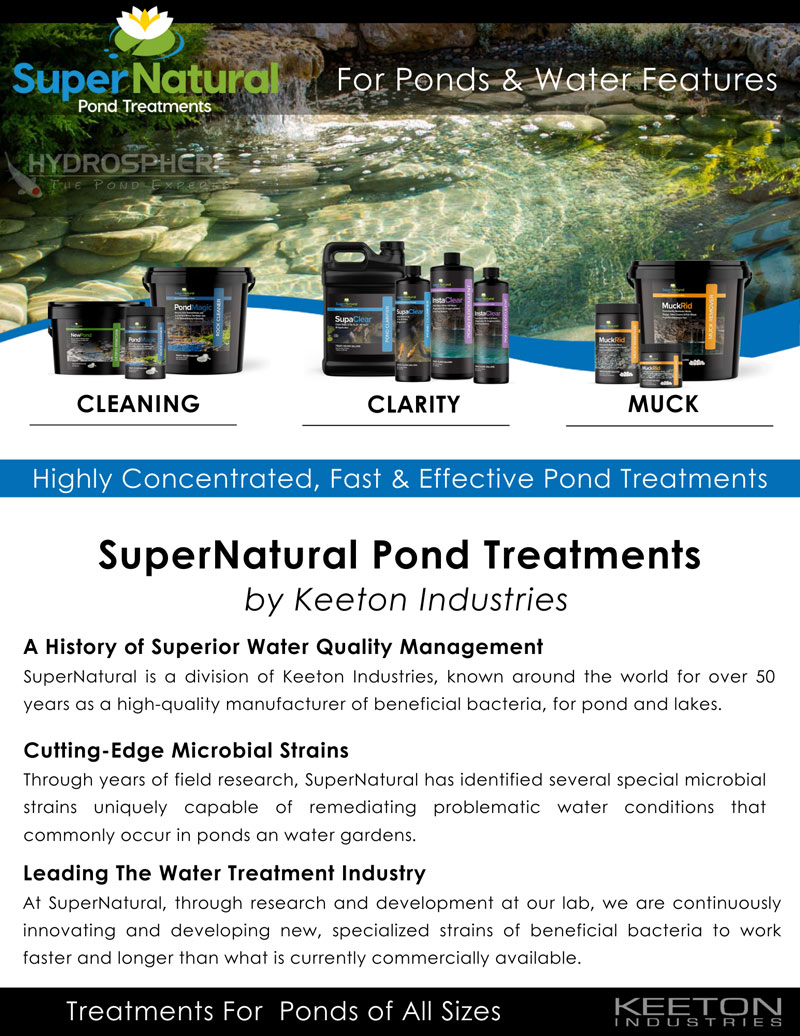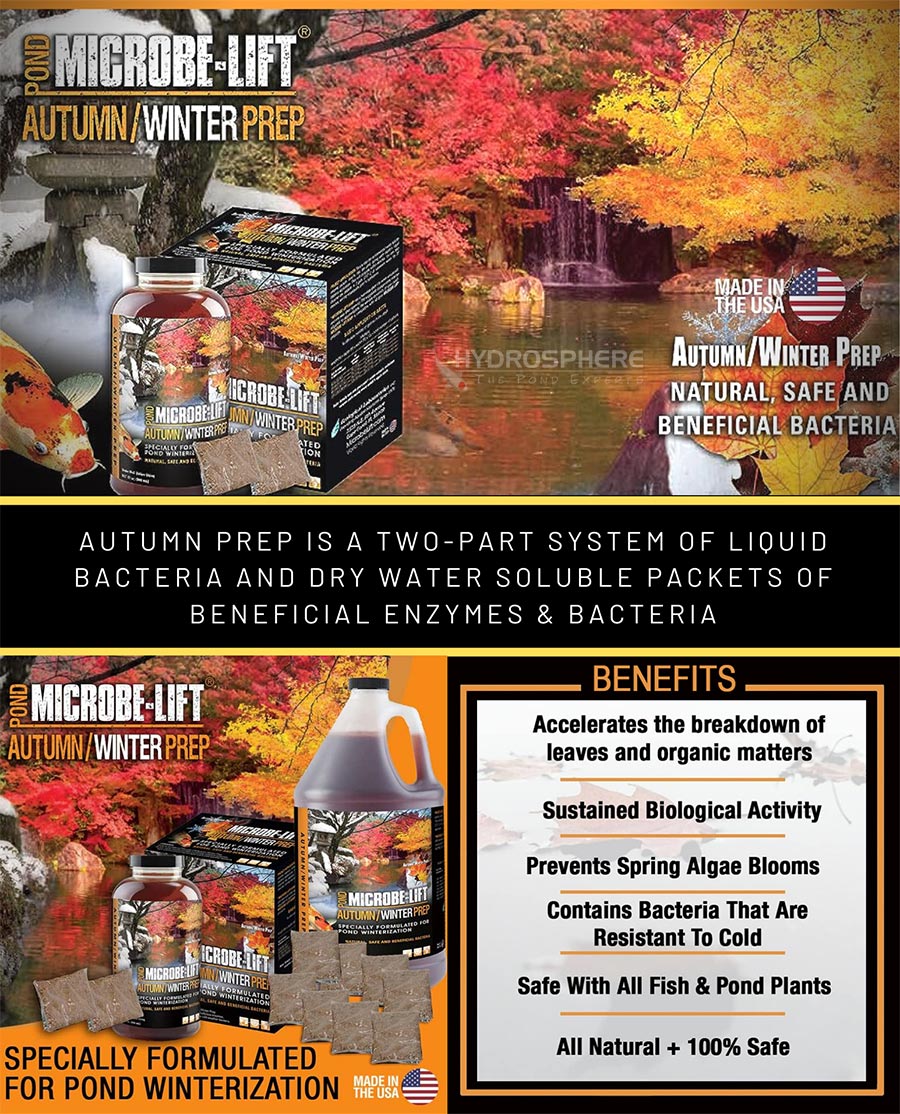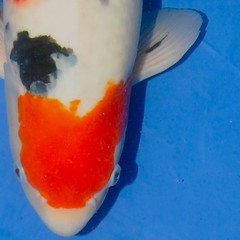 In the context of his training to become judge, Richard Albertsboer came with the idea to let a few international respected judges, judge a couple Size 4 Taisho Sanshoku. These Sanke were entered to the First ZNA All European NVN Young Holland Koi show, held in Nijverdal, the Netherlands. This judgement was done by using photographs instead of doing it live. Would the result be the same as the results on the show?
In the context of his training to become judge, Richard Albertsboer came with the idea to let a few international respected judges, judge a couple Size 4 Taisho Sanshoku. These Sanke were entered to the First ZNA All European NVN Young Holland Koi show, held in Nijverdal, the Netherlands. This judgement was done by using photographs instead of doing it live. Would the result be the same as the results on the show?
There were some famous judges asked to give the judgment; Steve Childers; AKCA-judge (USA), Bernie Woollands; ZNA judge (GBR), Gerard McDonald; ZNA Certified assistant judge (AUS) and René Schoenmaker; ZNA local judge (RSA) participated in the judging.
In this part the judgment of Sanke number 1 and 5 will be mentioned. Next time Sanke number 2, 3 and 4 and the final results of the photo judgment will be published.
If you want to know how judges judge a Taisho Sanke, it is important to know on which elements a Taisho Sanke is judged. A Taisho Sanke is a white koi with a Kohaku pattern supplemented by black sumi-patterns. Besides body and skin quality the judges will judge the following criteria:
– The hi-pattern should be a Kohaku pattern.
– The sumi-patern is well balanced over the whole body of the fish. And a sumi-spot on the shoulder (kata-sumi) is highly desirable.
– Preferable to have no sumi on the head. Only if it brings the patern into balance.
– Tejima (black lines on the pectoral fins, preferable 3 lines) is highly desirable.
– Hi markings in the fins are not appreciated.
– Ojima (black Lines in the tail) are not preferred.
– Colors have to be bright
With these criteria in the back of their minds, the judges started to judge the Sanke shown below.

In this part the judgement of Sanke number 1 and Sanke number 5 are mentioned. Next time Sanke number 2, 3 and 4 and the final results of the photo judgement will be published.
A Taisho Sanke is a white koi with a Kohaku pattern supplemented by black sumi-patterns
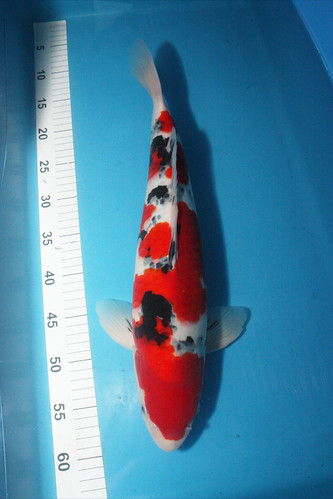
Steve:
What we see here is a good body shape with smooth lines. A small imbalance in the pattern, because the sumi at the right side is stronger. The red is extremely intense, maybe it is “hard beni” which has the tendency to become instable over longer periods. Hard beni almost has a purple base. The sumi on this Koi has developed well, but in my opinion it will finish even more. Despite the fact that on one side the sumi is more finished, it is still in good balance over the whole body. The shiroji and the skin quality seem to be of high quality.
Bernie: Except the small Sashi irregularity on the second red pattern, the Kiwa and Sashi seems to be good. Which is also the case with the Hi. As with Koi 2, the sumi has not completely finished yet, but it has good quality and is glossy. The sumi is more situated on the left side but is well distributed to the rear end of the Koi. I have placed this Koi on the first place.
Gerard: The body shape of this Koi looks good, but to be perfect it needs a little bit more body. He / she will be around 50 cm in length. I prefer to see a more rounded body on this Koi. The skin quality is good. The hi is really intense, I have to say that it is very present. I would have liked to see a little bit more shiroji on this Sanke, because, like the hi, it seems to have a very high quality. The sumi on the shoulder is very good with very strong and good kiwa and sashi, but the rest of the sumi seems to have not developped enough yet. Also the sumi is too much placed on one side of the Koi. This Koi has a really good odome. The pectoral fins seem to be a little short in the first fin ray, but this is only a small disadvantage. But it has effect on how we look to this Koi.
Steve: Koi 5 has another style with heavy sumi markings and a lot of smaller sumi spots spread out over the body. This isn’t a problem at all, but it gives the Sanke a more freckled look. When this happens on a more refined Sanke with a well balanced sumi pattern it would be less noticeable, but on this Sanke it gives a messy effect. Also because there is a big difference in the size of the sumi markings. This Koi is more photographed from one side, which makes the judgement of the body of this Sanke harder. As far I can see on this photo the body shape seems to be good. The pectoral fins have heavy sumi on them, which is a little bit too exaggerated. Although I think this Koi can have it. The quality of the hi seems to be not bad, but also not fully developed yet. If you look at the middle of the scales, the hi has a deeper color then at the edges of the scales. This can be an indication of not finished hi yet.
Bernie: Koi 5 is in my eyes even to Koi 4, both have the same problems. It maybe me, but it seems like the tail is too short. Also the skin has a lot of spots, especially on the head area. The sumi quality of this Sanke is really nice.
Gerard: Koi 5 is presumably larger than the others. It seems like this Sanke has the best body shape of the group. It has a good line from head to the tail. This is where it stops for this Koi. The skin quality is not present because the shiroji had a yellowish looking color which affects the beauty of this Koi. The hi patterns are in good balance and shows a sufficient quality. The Hi patterns would look better if the surrounded shiroji had a better quality. The sumi is well developed on this Sanke, but too heavy at the rear end. Also the tail has too much sumi (ojima). Also we can see on the flanks this Koi had a lot of undevelopped sumi. The pectoral fins are beautiful shaped, but the difference in tejima is too big, which makes it inbalanced.
Richard Albertsboer, Thank you for providing us this information.

